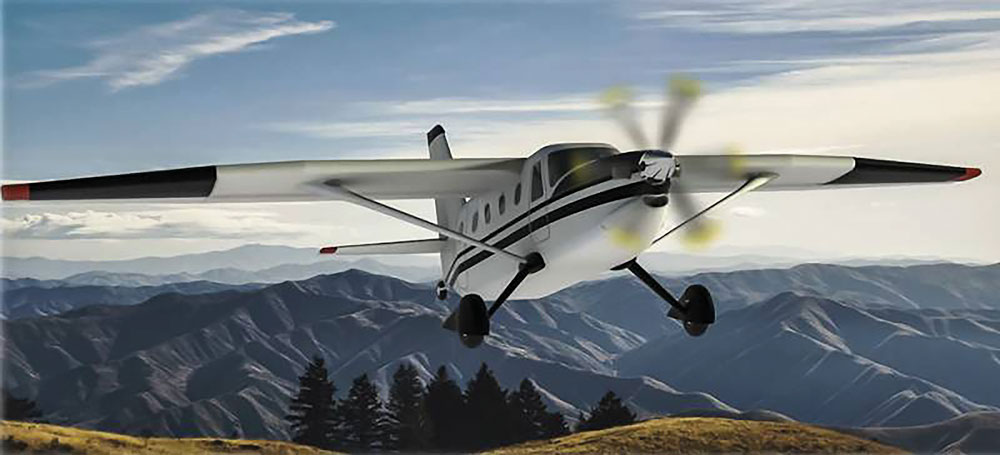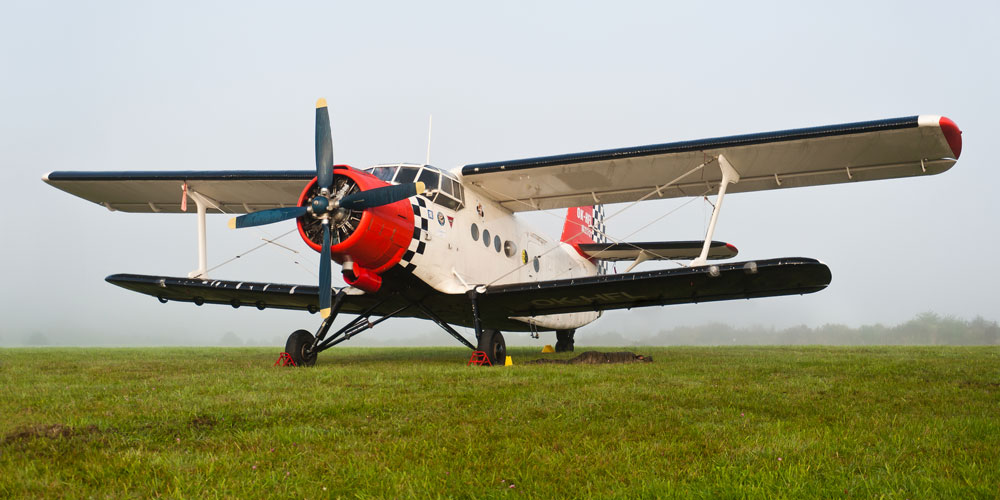GENERAL AVIATION Russian utility aircraft
Son of the An-2
What replaces the ubiquitous Antonov An-2 biplane, first flown in 1947, as Russia’s 21st Century rugged utility aircraft? EUGENE GERDEN reports on the LMS-901 Baikal monoplane project.
 An artist’s impression of the new LMS-901 Baikal. Baikal Engineering
An artist’s impression of the new LMS-901 Baikal. Baikal Engineering
Russia is continuing the implementation of a project for the replacement of the iconic An-2 aircraft – a Soviet single-engine biplane, which was produced in the USSR during the period of 19481971 and became the most massively produced aircraft, designed for the needs of regional aviation, in the history of the country.
The new aircraft will be marketed as LMS901 ‘Baikal’, being designed by the OOO BaikalEngineering design bureau, a subsidiary of the Ural Civil Aviation Plant. The prototype is planned for this year, while mass production of the aircraft is scheduled to begin in 2024.
The new aircraft will increase transport accessibility of remote regions of Russia and contribute to the overall development of regional aviation in the country.
According to Yuri Trutnev, Russia’s Deputy Prime Minister, who is personally responsible for implementation of the project in the Russian government, the new Baikal will be produced at the capacities of the Ulan-Ude Aviation Plant (U-UAZ, which is part of the Russian Helicopters Holding) in the Republic of Buryatia.
It will have a length of 12.2m, a height of 3.7m and a wingspan of 16.5m. Its maximum takeoff weight will be 4.8t, while speed will be up to 300km/h. The range of the aircraft will be 4,000km, with carrying capacity of 3,000kg. It will be equipped with a turboprop engine and will be designed for 9-12 passengers.
The new Baikal will be a monoplane and is designed on the basis of a modular scheme that will enable it to convert into a cargo or passenger version. The new aircraft will have a special antiicing system and will be capable of using short unpaved runways in remote areas.
Most of the details and components, that will be used in its construction will be of domestic origin although, according to recent statements by Vadim Demin, UZGA’s Chief Designer for Aircraft Engineering (made in an interview with the Russian AviaPort aviation magazine), at the initial stage it will be equipped with a General Electric H80-200 engine and will later be replaced by the domestic VK-800. The latter will be a joint development of the UZGA and JSC Klimov – one of Russia’s leading manufacturers of gas turbine engines, main gearboxes and accessory drive gearboxes for transport aircraft.
